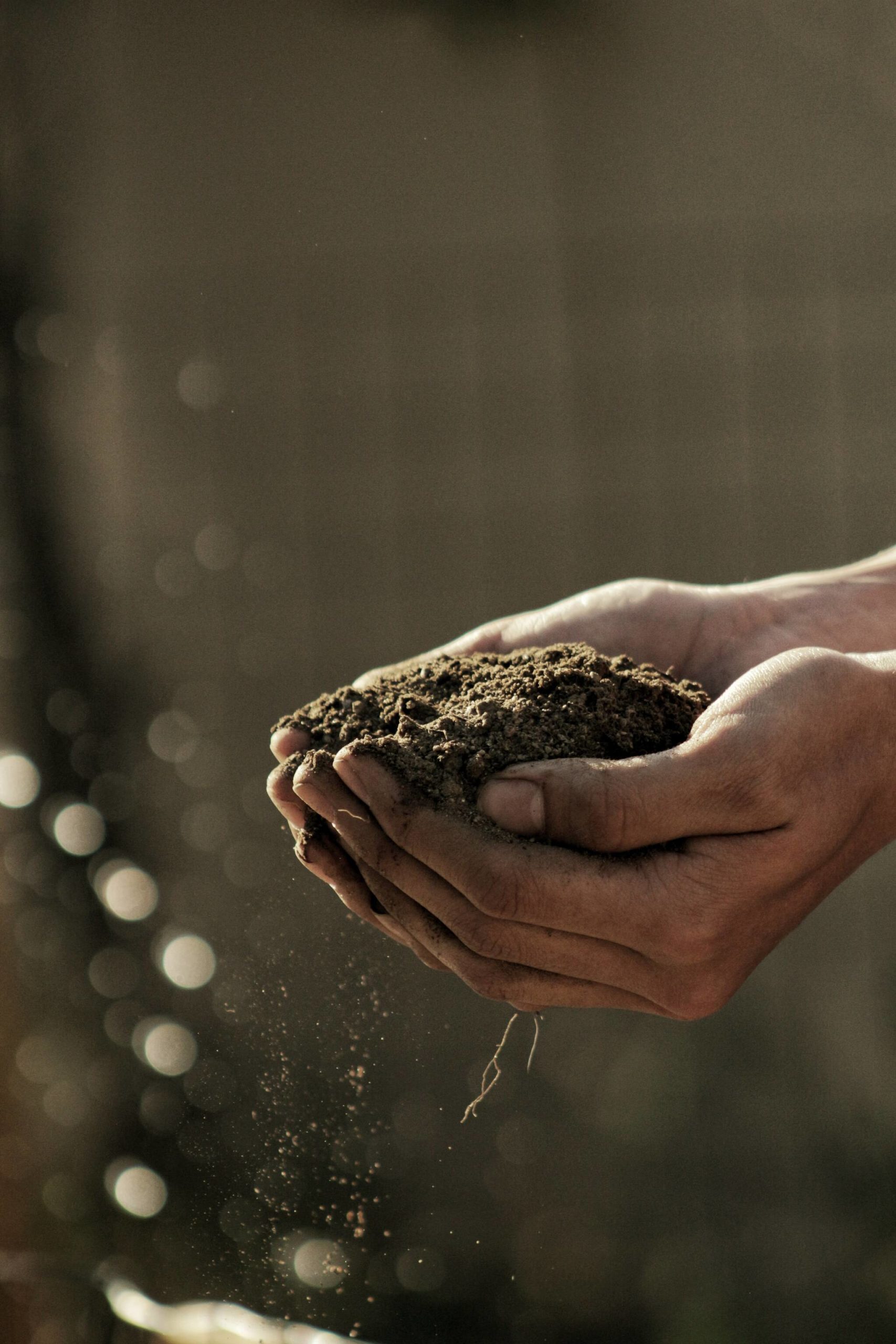by Angie Light
Transition Waste Reduction group
My family and I are new to the island, and one of the many characteristics of San Juan that we love is the access to farms. Many evenings our family meal is made entirely from produce grown here, by skilled and passionate people. I feel gratitude for our family’s ability to access the true meaning of “farm to table.”
While this picture is dreamy, there’s another side to it that’s not utopic. The scraps from our food create a lot of weight in our garbage. Our beautiful food story takes an alarming turn that continues with tons of garbage bags riding the ferry back to the mainland. These bags, filled with food waste, travel by train to eastern Washington where they are buried in a landfill. The question of how to keep our food out of our garbage needs to be taken seriously.
The US Department of Agriculture estimates that 133 billion pounds of food is thrown away each year! That means 30-40% of the food supply in America is either not harvested and left to rot due to imperfections, or wasted in homes—and then thrown into landfills. I have read estimates from World Vision that the average single-family household in North America wastes 600 pounds of food per year. The real horror behind the billions of pounds of food waste is that any food or organic matter that finds its way into landfills creates methane, a toxic greenhouse gas. In 2017 the U.S. EPA issued data showing that food is the single largest category of material placed in municipal landfills, creating the third-largest source of human-related methane emissions in the U.S. Methane emissions are the second most toxic source of greenhouse gases, and a direct link to climate change. Food needs to avoid landfills.
I know many would agree that learning to live a more sustainable life is absolutely necessary, and can be challenging. However, keeping food out of landfills is very achievable. To farmers and gardeners, compost, or the breakdown of organic matter into its most potent nutritional form, is black gold— important to the production of healthy soil needed to grow successful crops. That rotting mess of unused lettuce in your fridge is not waste, it’s a harvest waiting to happen.
There are many ways to compost: worm bins, aerobic bins or turning a barrel. Some are passionate about making their own compost right in their own gardens, but for a lot of us, that’s just not possible. At least it wasn’t— until I learned about Federico Farm here on San Juan island. Federico Farm is offering an exciting and unique composting program, taking not only the usual suspects of food scraps—but also meat, meat by-products, and dairy. Federico Farm knows my leftover salad and chicken bones from dinner, the kids’ half-eaten turkey sandwich, and the wilting remains of cilantro in my fridge are energy and nutrients for their farm soils. Through a composting process of fermentation with specialist bacteria called inoculant, the breakdown of organic matter happens more efficiently. This in turn allows the harvested compost, and all those rich nutrients, to be put back into the soil faster. What a win for everyone —consumers, farmers and the environment!
But it can’t just stop there! There are many communities in our corner of the world that offer industrial composting programs, and there is an opportunity for San Juan County to create one here— capturing food waste from larger operations such as grocery stores and restaurants, and well-intended compostable packaging. As good as compostable packaging is, if there’s not a place for it to be composted, it is in fact still garbage.
Let our town, county, and port representatives know it’s time to get serious about an industrial composting system here. Then, contact Federico Farm federicofarms6@gmail.com where you can either request to purchase a 5-gallon compost bucket from them ($15), or simply use your own. Toss that soggy lettuce in and sprinkle some of the inoculant ($5 a bag and purchased in their farm store) on top each time you add scraps. Once your bin is full, head out to Federico Farm and dump it into their compost bins.
You might say, “but we’re just a small community and what we do won’t make that much of a difference.” It makes a difference to our precious island and marine environment that is not immune to climate change. It makes a difference to the farmers making a living growing our food. It makes a difference to us all financially through the costly resources used to deal with our garbage and the costs to mitigate damage done by our garbage. Small local actions build big change environmentally and financially. Let’s keep our food out of landfills and recover those nutrients!



